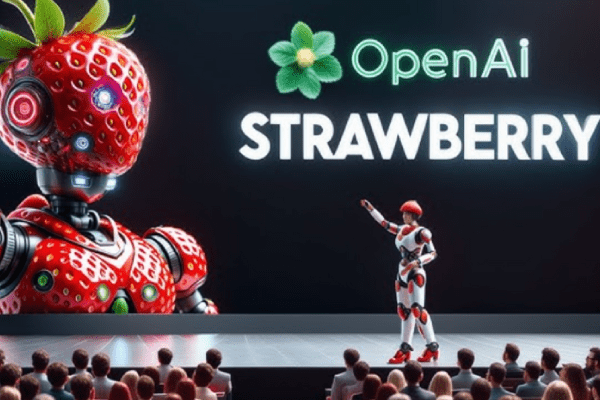OpenAI has issued stern warnings to users investigating the inner workings of its new AI model, codenamed “Strawberry.” Business leaders need to understand the implications of this innovative model, which includes o1-preview and o1-mini versions, designed for step-by-step problem-solving.
OpenAI’s New Approach to Problem-Solving
The “Strawberry” model employs a unique method for tackling complex business questions. When users pose a question to an “o1” model via ChatGPT, they can choose to view a chain-of-thought process. However, OpenAI intentionally conceals the raw chain of thought, opting instead to show a filtered interpretation created by another AI. This approach aims to provide clearer, more actionable insights for decision-makers.
Clamp Down on Attempts to Uncover AI’s Reasoning
Despite these safeguards, enthusiasts have tried to expose the raw reasoning using techniques like jailbreaking. OpenAI has responded by monitoring activity through the ChatGPT interface and issuing stern warnings against such probes. Users have reported receiving warning emails for using terms like “reasoning trace” or simply asking about the model’s “reasoning.” For business leaders, this means the model’s integrity is protected, ensuring reliable insights without the risk of tampering.
Warning Emails and Potential Bans
OpenAI’s warning emails indicate that certain user requests have been flagged for violating policies meant to bypass safeguards. The company has threatened to ban users who continue such activities, potentially leading to loss of access to the advanced o1 model. This strict stance underscores OpenAI’s commitment to maintaining a secure and reliable AI environment, which is crucial for businesses relying on these models for strategic decisions.
OpenAI’s Stance on Hidden Chains of Thought
OpenAI argues that hidden chains of thought in AI models offer unique monitoring opportunities, allowing them to “read the mind” of the model and understand its thought process. However, for commercial reasons, they have chosen not to make these raw chains visible to users. This decision has sparked criticism from independent researchers who argue it hampers community transparency.
For businesses, this means a trade-off between transparency and the commercial viability of advanced AI models. Understanding this balance is essential for leveraging AI technologies effectively while navigating the ethical and operational challenges they present.
Conclusion
OpenAI’s “Strawberry” model represents a significant advancement in AI’s problem-solving capabilities, offering businesses new tools for efficiency and decision-making. However, the company’s strict policies on probing the AI’s reasoning highlight the importance of ethical considerations in AI deployment. Business leaders must weigh these factors carefully to maximize the benefits of AI technologies while maintaining ethical standards and operational integrity.









